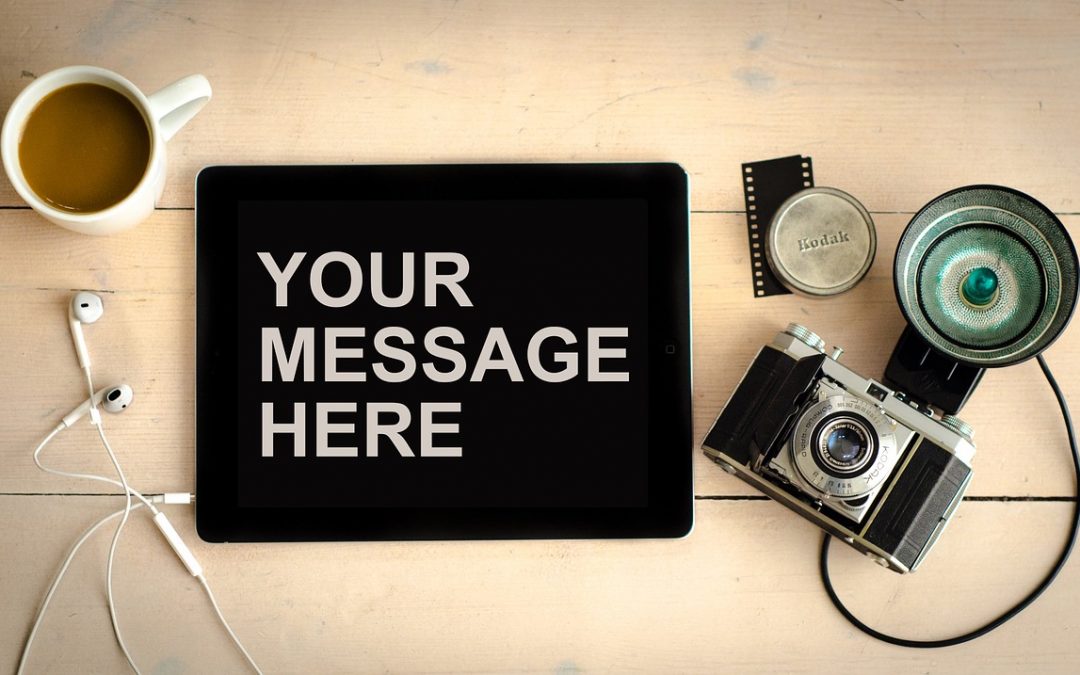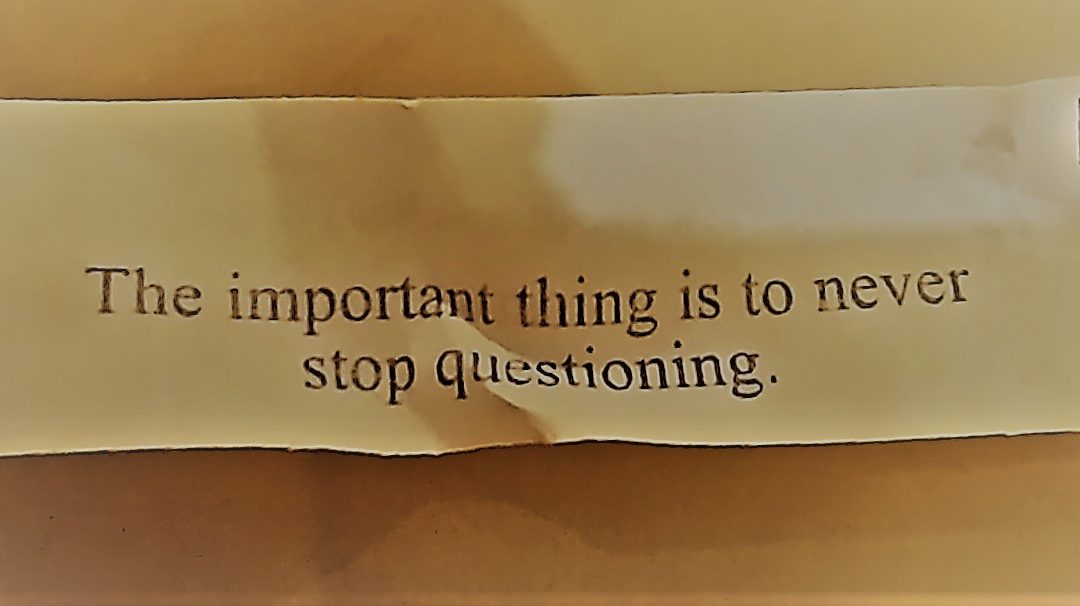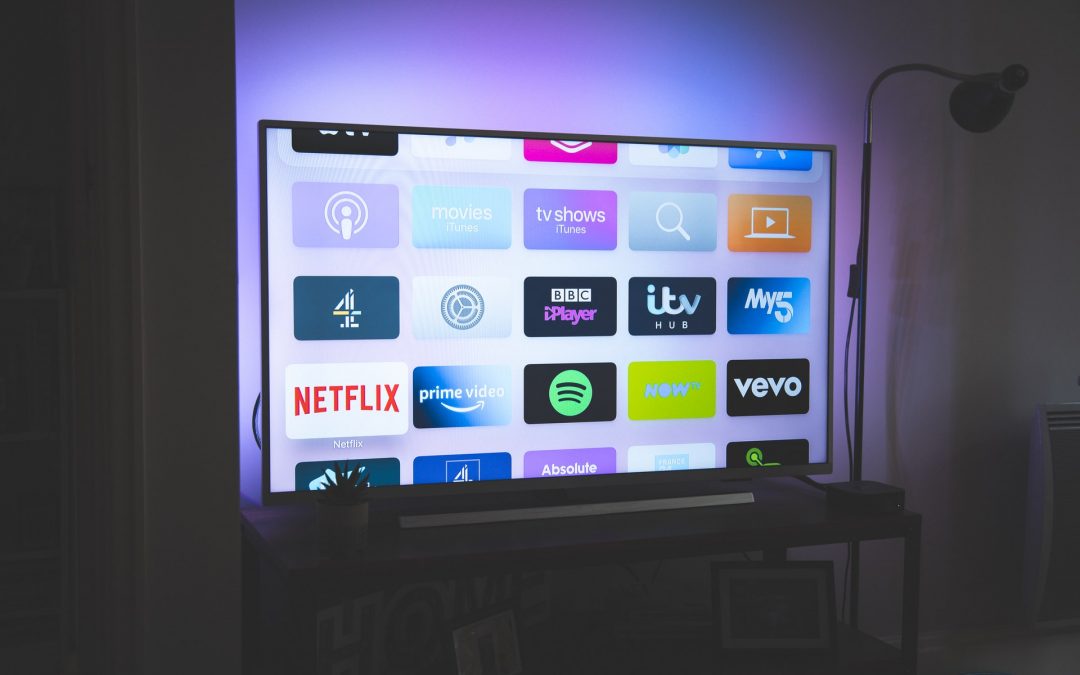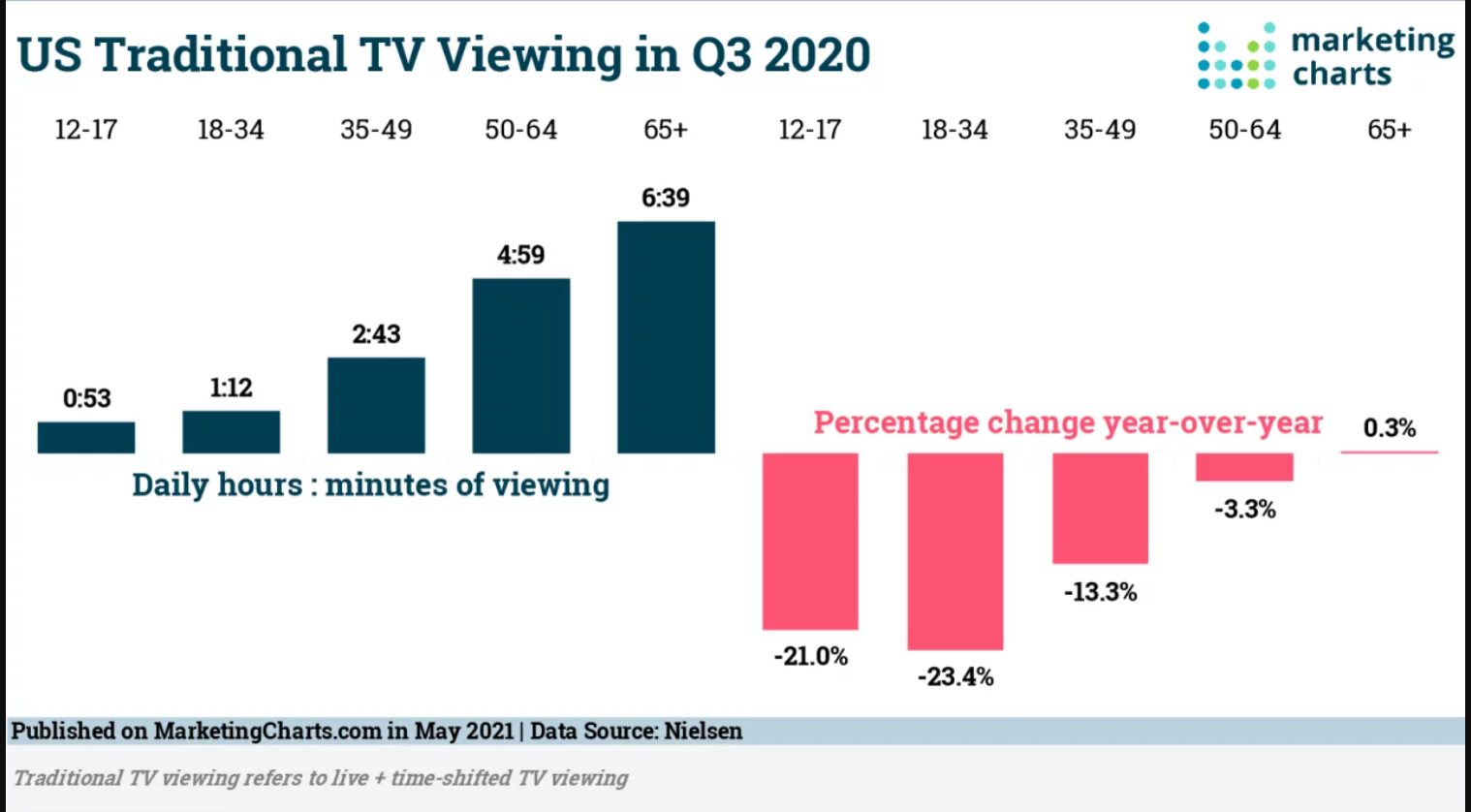
The 2025 Fort Wayne Radio Rating Update
As a follow up on last weeks article and podcast episode, Today I’m going to share information regarding the last ratings data we have for the Fort Wayne, Indiana market pertaining to radio station listenership. This data was collected last Fall and is the most recent information we have until an update is released later this year. Radio stations and ad agencies pay Nielsen for the data and I’m limited in what I can share publicly but my goal is to give you some insight that will either confirm your perceptions or blow them out of the water.
I have to bounce around a couple different survey data sets but all of this is specifically about radio listenership in Fort Wayne.
Using the Total Survey Area which includes 19 counties in Northeast Indiana and Northwest Ohio, I see there are a little over 900,000 people ages 12 and older living here. Over a third of them live in Allen County which includes Fort Wayne. When I eliminate the 12 to 17 year olds, we have almost 570,000 adults in our area.
70% listen to a local radio station every week.
Less than 20% listen to satellite radio like Cirrus XM.
Only 61% are watching one of the traditional broadcast TV channels of ABC, CBS, NBC and Fox networks.
Less than 20% are subscribing to our local daily newspaper.
This tells us that local radio stations still have the largest overall audience of readers, viewers and listeners compared to other local media options.
Also the perception that everyone listens to satellite radio is far from true.
Which Fort Wayne radio stations have the most listeners?
In the last rating period , just one WMEE had over 100,000 weekly listeners age 12 and older.
WMEE is owned by Federated Media, where I work. Other Federated Media stations were in the top ten in this classification include News Talk WOWO, Country Station K105, Rock Station 989 The Bear. The other 6 stations with the most weekly listeners age 12 and older include WBCL, WAJI, WJFX, WLDE, WXKE and WBTU.
29 stations made the entire survey.
From a business perspective, using the broad age range of 12 years old and older doesn’t make sense because teenagers are not spending much money compared to adults.
And to really take an honest look at who spends money, we should also leave out the young adults in their 20’s maybe up to age 35 or 40. It’s not that those age demographics don’t have money, but most of it is already spoken for with college debts, rent, car payments and credit card debt eating up most of those paychecks.
Realistically, it’s when we are in our 30’s that our families are growing both in number and expenses. However by the time adults reach around 40 they begin to have some breathing room or at least figured out how to deal with their finances on a more grown-up level.
That’s why when I talk to business owners I use the term “grown-ups” as their customers. These are people age 35 and older. Sometimes business owners are targeting grown-ups age 45 and older because that’s who will spend money more freely instead of the younger folks.
I give you all of that just to set you up for what I’ve been doing for years when it comes to rating data for the purposes of advertising and that is to look at the age demographics of each radio station that matches who will buy what a business is selling.
That starts with age 35+. My station, WOWO has the most weekly listeners in that age group.
Another important number that I look at from the ratings is how much time do listeners spend listening to their favorite stations? It’s called Time Spent Listening, or TSL and again WOWO dominates over all the other local radio stations.
From a business perspective this means there is an increased likelihood that a WOWO listener will hear your ad compared to listeners of any other radio station.
Nielsen has a cool tool in their dashboard where I can plug in a sample schedule on WOWO of let’s say 15 ads per week and it will tell me that on other stations I need at least 30 ads up to 45 ads to reach the same number of people, the same number of times.
Talk to me about this specifically for your business and I can run reports for you too.
While all this is good news for the people I talk with about inviting WOWO listeners to become your customers, it’s just reassurance data.
Coming up in a couple of weeks, I’ll share my simple formula on how to buy advertising that doesn’t involve ratings or anything other than common sense and show you how you can use it to be smarter than most advertising sales people.





